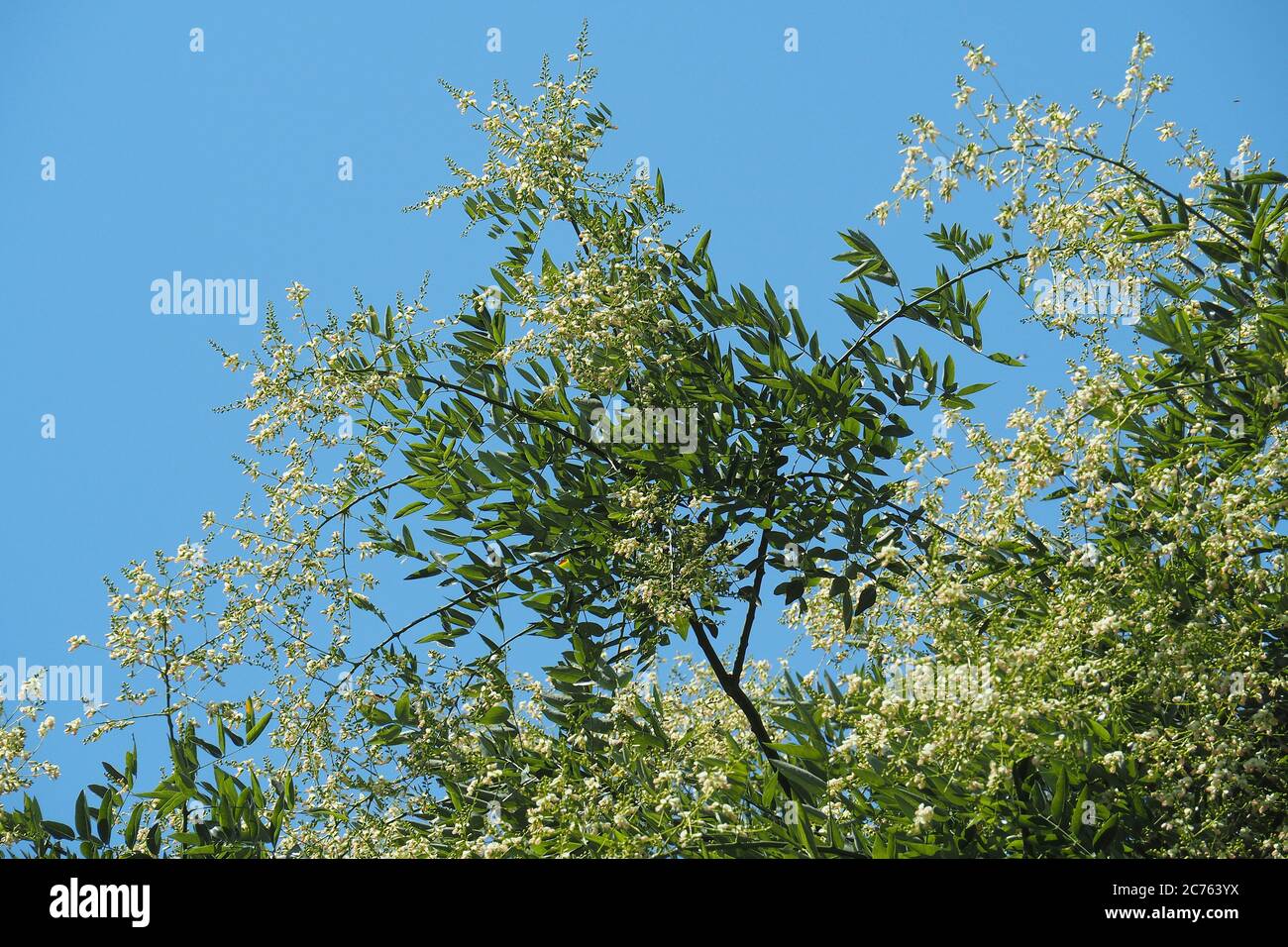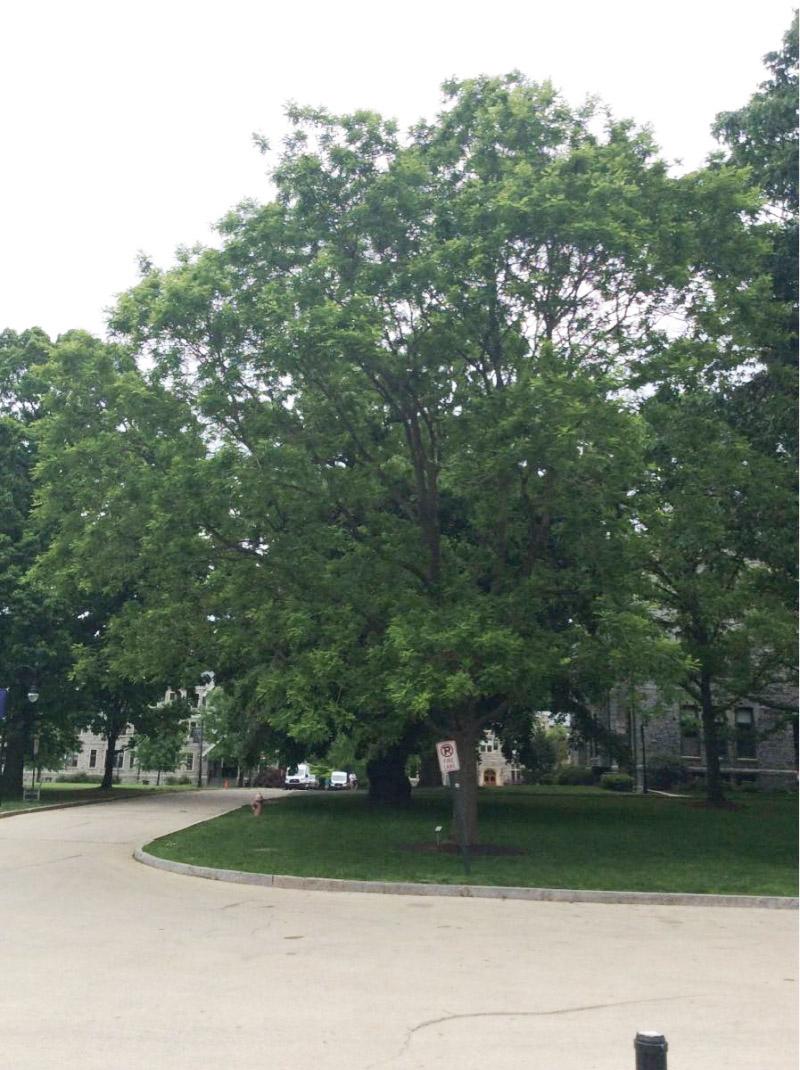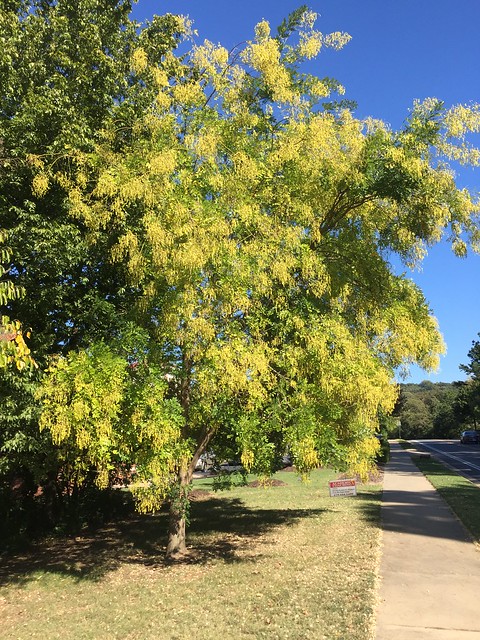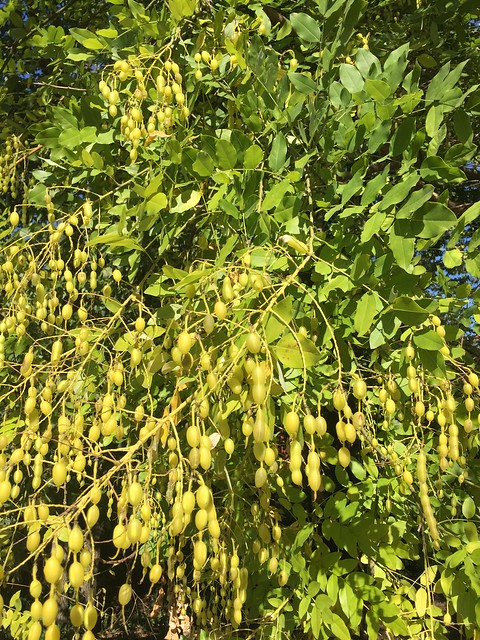japanese pagoda tree invasive
Mid-Atlantic Exotic Plant Management Team Invasive Plant List. Sophora japonica-- Scholar Tree Page 3 Other Figure 3.

Japanese Pagoda Tree Deciduous 15m 20m High Seed Pods Japanese Pagoda Amazing Gardens Tree
National Park Service National Capital Region Exotic Plant Management Team Invasive Plant List.

. Sophora japonica Where to Look. Optimum conditions for growth. This plant is an invasive species in North Carolina Description.
The pagoda tree is a member of the Family Fabaceae commonly referred to as the Pea Family. Japanese angelica tree is an upright deciduous shrub or tree in the Araliaceae family that reaches a height of 20 to 40 feet and a width of 15 to 30 feet with an irregular spreading multi-stemmed form. The compound leaf is 6-10 inches long with each leaflet measuring between 1-2 inches.
Potting and Repotting. Coarse thick stems. If you do pot the pagoda plant keep in mind its need for fertile well-draining soil.
The Japanese pagoda tree is often grown as a shade tree in lawns or on patios however flowers and seedpods often leave stains on pavement. A delightful shade tree it doubles as an ornamental in the garden. Japanese Pagoda Japanese pagoda is a large deciduous tree native to China It is an upright forming a lacy canopy of dark green pinnate leaves.
Flowers are showy creamy-white on upright panicles up to. Acacia del Japón French. Trees are perennial woody plants with a single stem trunk normally greater than 13 to 16 ft.
The Japanese pagoda tree is often grown as a shade tree in lawns or on patios however flowers and seedpods often leave stains on pavement. A Japanese Pagoda Tree in Fort Greene Park Brooklyn. The domestication of this tree makes it difficult for it to survive without human care.
This invasive species can be identified by looking for the characteristics described in the paragraphs that follow. Japanese Pagoda Tree Sophora japonica aka Styphonolobium japonicum Bee Bee Tree Korean Evodia Tetradium daniellii Evodia daniellii is an uncommon landscape tree that is slowly spreading in south-central and southeastern PA Little Leaf Linden Tilia cordata Sterling Silver Linden Tilia tomentosa. See it on the map.
Is Japanese pagoda tree invasive. It is generally cultivated for its attractive compound foliage and fragrant. New Invaders of the Southeast.
East Experiment Station East side. It showed exceptional vigor and was drastically different from the. Foliage of Scholar Tree.
The flower is a pleasant creamy-white color or slightly yellow. Tree has outstanding ornamental features and could be planted more Invasive potential. Under certain environmental conditions some tree species may develop a multi-stemmed or short growth form of less than 13 ft.
Seedpods of japanese pagoda tree. Japanese pagoda tree Styphnolobium japonicum L Schott. The Pagoda tree is capable of growing in all soil types although it grows best in well drained loamy soils and in full sun conditions.
The Japanese pagoda tree is without a doubt a beautiful tree that you will want to add to your garden design if you have space and the patience to devote to the payoff that comes when it is ready. Sophora du Japon Chinese. It is a medium to large deciduous tree that typically matures to 50-75 less frequently to 100 tall with a broad rounded crown.
A clusters of creamy white-green fragrant flowers appear in summer. This map identifies those states that list this species on their invasive species list or law. 4 to 5 m in height.
4 m in height. It is resistant to pests drought and pollution. Preferred Common Name.
Pagoda Dogwood Cornus alternifolia Canker disease is a problem in Eastern NY Witch Hazel Hamamelis virginiana. Image 5396099 is of Japanese pagoda tree Styphnolobium japonicum fruits. It is by Robert Vidéki at Doronicum Kft.
Fruits make very slippery ground when they fall. Honeylocust Gleditsia triacanthos var. While pagoda plants are most commonly planted directly in the ground you can choose to plant them in a pot.
No special winter interest Outstanding tree. For more pagoda dogwood information including tips for pagoda dogwood care read on. One advantage to potting a pagoda plant is the ability to control the reproduction of this plant through rhizomes.
The pagoda dogwood is hardy in the US. Japanese Angelica Tree Aralia elata. Another late bloomer in the city is the Goldenrain tree.
The tree is also used as a street tree since it tolerates urban pollution. Japanese Pagoda Heritage Tree. Its not quite as late as the Pagoda tree the Goldenrain tree finished blooming a few weeks ago producing yellow flowers.
Little if any potential at this time Ozone sensitivity. Staghorn Sumac Rhus typhina Dissecta Cutleaf cultivar will spread Amur Cork Tree Phellodendron amurense. A Japanese pagoda tree also called Chinese scholar tree is perfect if you live in an urban setting are looking for a flowering shade tree or are planning a Japanese garden.
NC State Universitys legendary plantsman the late JC Raulston found this wild plant in 1985 while visiting Korea. In the United States the tree is by and large considered non-invasive. Pagoda dogwood Cornus alternifolia is a large shrub or small tree for a garden or backyard.
Japanese pagoda tree is a deciduous species that grows quickly into a 75 foot 23 m tree with a broad rounded crown. Styphnolobium japonicum L Schott previously. Trees do best in areas with full sun or partial shade and moderate amounts of water.
Department of Agriculture plant hardiness zones 3 through 7. Styphnolobium japonicum commonly called Japanese pagoda tree or Chinese scholar tree is native to China and Korea but not Japan. The following species have been reported to be invasive in natural areas.
It is also an attractive plant. Because of this the flowers and fruit of the pagoda tree share features associated with garden peas. Seed pods appear in the summertime which can cause serious litter on the ground.
Sapindus drummondii Western Soapberry An attractive small native tree with glossy compound leaves and excellent deep yellow-gold fall color. Palmatum plantanoides pseudoplatanus Japanese Norway Sycamore maple Invasive Actinidia arguta Hardy kiwi Threat Aegopodium podagraria Goutweed Invasive Agrostis capillaris Colonial bent-grass Invasive Ailanthus altissima Tree of Heaven Invasive Akebia quinata Five-leaved akebia Invasive Albizia julibrissin Mimosa Invasive. Surface roots are usually not a problem Winter interest.
I nearly missed this tree bloom until I realized that some of the trees in the city only produce flowers. Arbre des pagodes du Japon. It is hardy to -25F 317C.
A Japanese Pagoda Tree Sophora Japonica L Planted In A Roadside Download Scientific Diagram

Japanese Pagoda Tree Styphnolobium Japonicum L Schott

Styphnolobium Japonicum Pagoda Tree Buy Seeds At Rarepalmseeds Com

Japanese Pagoda Tree Styphnolobium Japonicum Fabales Fabaceae Leguminosae 5539402

Japanese Pagoda Tree Styphnolobium Japonicum Fabales Fabaceae Leguminosae 5396099

Japanese Pagoda Tree Japanischer Schnurbaum Styphnolobium Japonicum Sophora Japonica Kozonseges Pagodafa Japanakac Stock Photo Alamy

Japanese Pagoda Tree Styphnolobium Japonicum Bryn Mawr College
Japanese Pagoda Tree Becoming Popular In U S Cities What Grows There Hugh Conlon Horticulturalist Professor Lecturer And Gardener

Sophora Japonica Pendula Trees Marcopolo Plants Fast Growing Shade Trees Shade Trees Garden Trees

Japanese Pagoda Tree Chinese Scholar Tree

Japanese Pagoda Tree Styphnolobium Japonicum L Schott

Japanese Pagoda Tree News From Rockcliff Farm
Japanese Pagoda Tree Becoming Popular In U S Cities What Grows There Hugh Conlon Horticulturalist Professor Lecturer And Gardener

Japanese Pagoda Tree Chinese Scholar Tree

Pin By Vanessa Rozier On Plant Life Japanese Pagoda Tree Seeds Tree

Japanese Pagoda Tree News From Rockcliff Farm

Japanese Pagoda Tree News From Rockcliff Farm

Japanese Pagoda Tree Styphnolobium Japonicum Fabales Fabaceae Leguminosae 5539401
